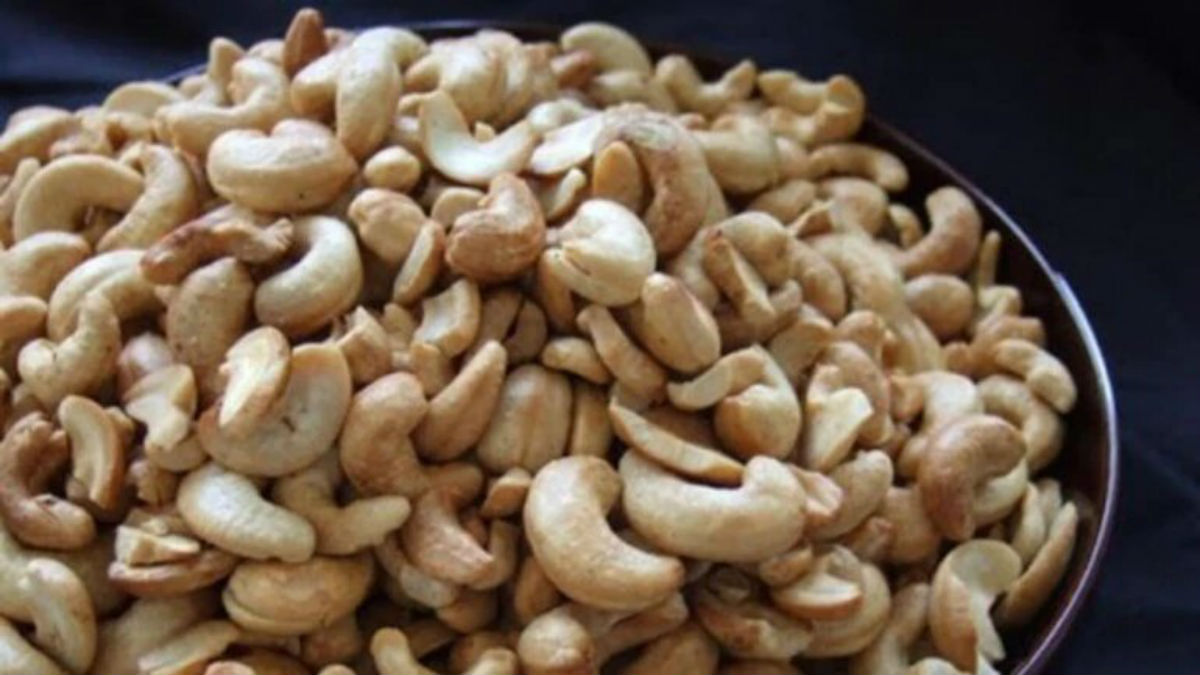Aging leads to a slow deterioration of muscles and joints, making each more susceptible to damage and injury. The physical activity went wrong, such as when playing a sport or a wrong move in the gym, can lead to a sprain which makes the injury known by way of a surge of pain. Pain is, hence, a natural outcome of damage, and is an important signal warning us that tissue has been damaged and needs immediate attention.
An injury causes the release of chemicals that alert nearby sensory nerves, which in turn carry the ‘pain’ message to your brain. The brain processes the message and sends a signal to your motor nerves, telling them to prevent any action that will aggravate the ‘pain’. Hence, if you strain a muscle while playing or have arthritis, your motor nerves will not allow you to move the affected part, in a bid to ‘rest’ it, thereby preserving the part from further damage.
Your body also has a very natural way of managing pain – it releases endorphins, chemicals that are painkillers and pain-relievers. Human physiology is truly amazing!!!!!
Pain can be classified as ‘acute’ or ‘chronic’ depending on the duration it lasts. Acute pain is momentary – for example, a sudden flare-up of an old back injury or a gout attack or a stomach cramp – and subsides as soon as the ‘cause’ has been treated.
Chronic pain lasts for months and even years and is often because a permanent treatment has not been established. Acute or chronic pain caused due to inflammation of the injured site can be prevented and managed with the help of certain anti-inflammatory foods. Identifying foods that trigger pain is the first step towards a dietary approach to pain management.
Acute or chronic pain caused due to inflammation of the injured site can be prevented and managed with the help of certain anti-inflammatory foods.
Maintaining a food diary will help you isolate foods or food combinations or cooking methods that bring on or aggravate pain. Members of the nightshade family (potatoes, tomatoes, and aubergine), sugar-rich foods, meats, and high-fat dairy are known offenders of pain but can behave differently in individuals across the community.
Vitamin C-containing foods such as citrus fruits and vegetables and sprouts, which support collagen structure and especially help deal with joint-related pains
Fried, grilled, and processed foods are also best avoided, especially in cases of chronic pain. The following foods have been established as being pain-preventers and pain-relievers, and including them on a daily basis in your diet can help alleviate pain:
- Foods rich in omega-3 fatty acids such as fish, walnuts, flaxseeds
- Vitamin C-containing foods such as citrus fruits and vegetables and sprouts, which support collagen structure and especially help deal with joint-related pains
- Micronutrient-rich foods, especially those containing Zinc, Selenium, Folic Acid, and Vitamin B6 and A (a combination of nuts, seeds, dark green vegetables, orange-yellow-red fruits and veggies, and whole grains), develop the immune system that helps fight pain
- Spices such as turmeric, and sulfur-containing onion and garlic are known to contain anti-inflammatory substances
- Anthocyanin-rich foods such as berries and cherries also stop inflammation and its associated pain
- Maintaining gut health with the help of probiotics (curds, yogurt, lassi, buttermilk) is today known to help alleviate pain symptoms
The repetitive emphasis on including the above food groups as part of your daily diet speaks about the healing powers of them. Do yourself a favor, then – and make sure that your breakfast, lunch, dinner, and any in-between snack contains a healthy serving of one of the above-mentioned foods.
Photo by Karolina Grabowska from Pexels



























